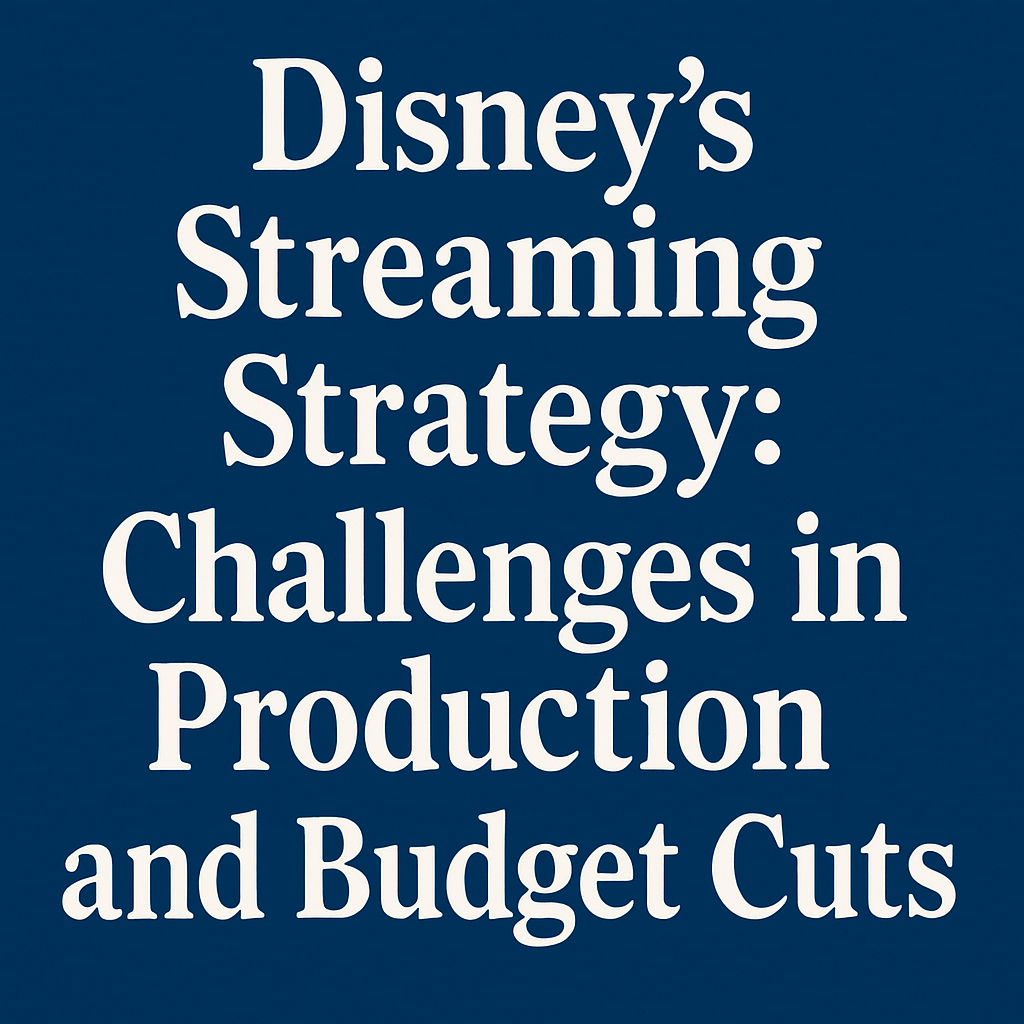Disney’s Streaming Strategy: Challenges in Production and Budget Cuts

Andor creator Tony Gilroy recently exposed the financial struggles faced during the production of the second season of the Star Wars series, revealing he engaged in a protracted battle with Disney executives to secure the necessary funding. Disney’s representation of the state of their streaming divisions signaled a shift in priorities, with an acknowledgment that “we don’t have the money we had before.” This admission raises questions about the future of high-budget productions on streaming platforms.
High Production Costs and Budget Constraints
Overall, the production expenses for Andor‘s two seasons, which total 24 episodes, amounted to $650 million—a hefty sum that translates to around $27 million per episode before tax incentives. Approximately $20 million per episode is the final figure when tax incentives are considered, putting it on par with productions like Warner Bros.’ House of the Dragon and Apple TV+’s Severance.
As streaming services continue to compete for viewer attention, the pressures of high production costs have led to more stringent budgeting. Disney’s experimentations with lavish storytelling have become increasingly tempered as the company faces increased scrutiny in its direct-to-consumer streaming operations.
Impact of Streaming Market Dynamics
When Disney+ launched in 2019, the streaming landscape was notably different. Under the leadership of CEO Bob Iger, Disney aggressively pursued a strategy prioritizing rapid content acquisition to build its subscriber base in competition with giants like Netflix. However, a steady stream of expensive failures—including franchises managed by Lucasfilm, such as Willow—has led to dwindling confidence in the previously sanguine model of infinite content creation funded by losses.
In response to the changing market conditions, Disney announced plans to reduce content costs by $3 billion in February 2023. The company made it clear that the streaming division must achieve profitability—a departure from prior years where investors showed patience about losses.
Shifting Strategies and Revenue Concerns
Recent financial reports indicate that Disney’s content strategy is bearing fruit, with the direct-to-consumer streaming segment reporting a $629 million operating profit in the first fiscal half ending March, compared to a $91 million loss from a year prior. This segment now includes full consolidation of Hulu, an acquisition that is expected to drive earnings growth further.
Disney’s struggles to maintain robust profitability directly contrast with some tech companies. For instance, Apple has been reported to sustain an average loss of $1 billion yearly in their streaming operations. This disparity illustrates the ongoing challenges for traditional media companies like Disney, which are more constrained by shareholder expectations and less inclined to absorb prolonged losses.
The Future of High-Budget Streaming Projects
The adverse effects of budget constraints on ambitious projects like Andor put the future of large-scale productions in a precarious position. For creators like Tony Gilroy, the challenge remains not only to deliver quality content but to do so within the rigid financial parameters set by the company. The strategy adopted by Disney may serve as a bellwether for the industry as a whole, indicating a shift towards more streamlined, budget-conscious content creation.
Conclusion
The tussle between quality and cost in the streaming world reflects broader shifts in the media landscape, underscoring the need for sustainable profitability models among traditional entertainment giants. As companies recalibrate their strategies in a post-pandemic world, the era of unlimited content availability may be turning toward one more focused on financial viability, potentially reshaping the nature of storytelling in streaming.
Contact: Disney did not respond to a request for comment regarding these developments.
Source: fortune